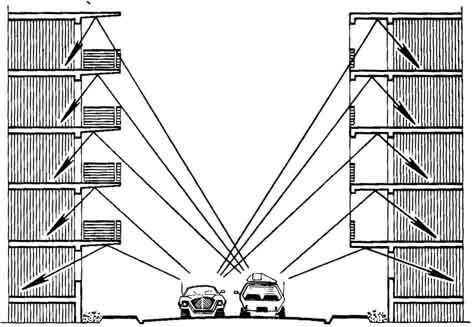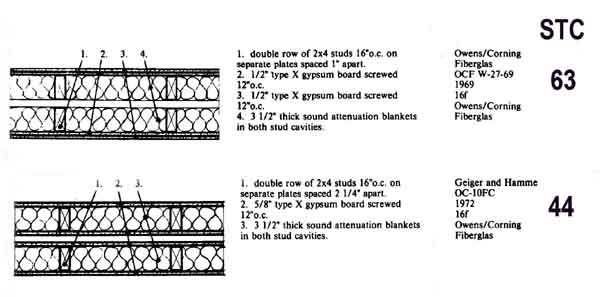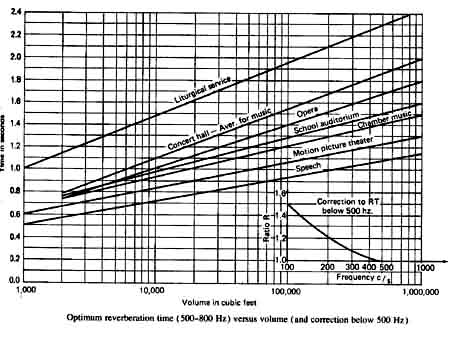Building Site Study
Special sound isolation measures for exterior walls, windows, doors and roofs often are required for buildings that are exposed to heavy traffic, or are located near trains, airports, or noisy industrial and commercial sites. A Acoustics determines sound isolation requirements by calculating the difference between outside and inside building noise levels. We then make recommendations and specify modifications to reduce the effects of noise. In addition, we evaluate site-generated exterior noise resulting from such factors as rooftop air conditioning systems, cooling towers, and traffic, and recommend solutions that mitigate impacts to the surrounding community.
Room Acoustics Study
When not properly designed, large halls, theaters, churches, and meeting rooms can exhibit a variety of acoustical problems, including echoing, booming, and high ambient noise levels. Many of these problems can be predicted and measured through reverberation time studies, which establish sound decay time in an enclosed area. Desirable reverberation time allows frequency components to grow and decay at rates that support high speech intelligibility and the rich enjoyment of music.
A Acoustics performs Room Acoustics Studies that identify and quantify reverberation time problems, and recommends appropriate structural modifications to obtain optimal sound absorption, reflection, and diffusion rates.


